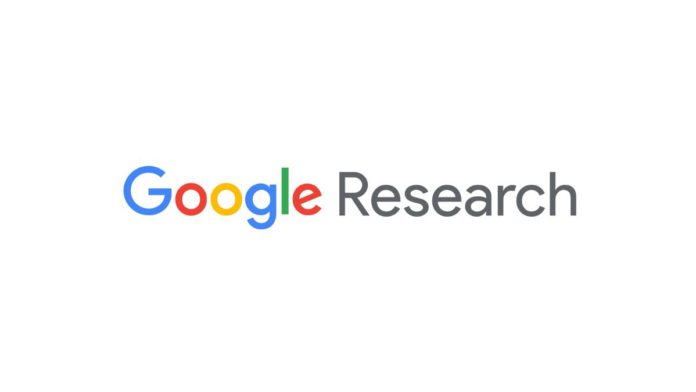A recent study by Google has shown that deep learning models can accurately estimate a person’s biological age from a retinal image and offer new insights into the prediction of age-related diseases. The name of the study is ‘Longitudinal fundus imaging and its genome-wide association analysis provide evidence for a human retinal aging clock.’
The new source code for these models, which are based on previously revealed ML frameworks for processing retinal images, is also being made public by researchers.
De-identified retinal images from numerous primary care clinics were used to train a model to forecast chronological age for participants in a telemedicine-based programme to avoid blindness. The performance of the resulting model was evaluated using a concealed dataset of 50,000 retinal images and the main dataset of about 120,000 images from the UKBiobank. Given the name eyeAge, the model’s predictions closely match people’s actual ages.
Read More: How Students Can Make The Best Use Of Technology To Enhance Learning Capacities
Despite the good connection between eyeAge and chronological age across many samples, the model occasionally predicts a number that is much younger or older than the chronological age. This might indicate that the model is detecting characteristics in the retinal images that are suggestive of actual biological effects connected to age-related illnesses.
This study demonstrates the potential of a retinal aging clock as a tool for studying aging and age-related diseases and quantitatively assessing aging on extremely short time scales, opening the door to a quick and useful assessment of gero-protective medications.


